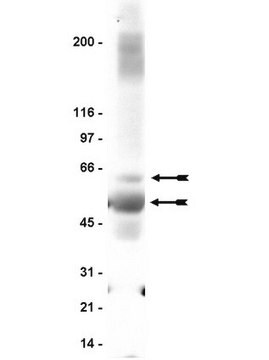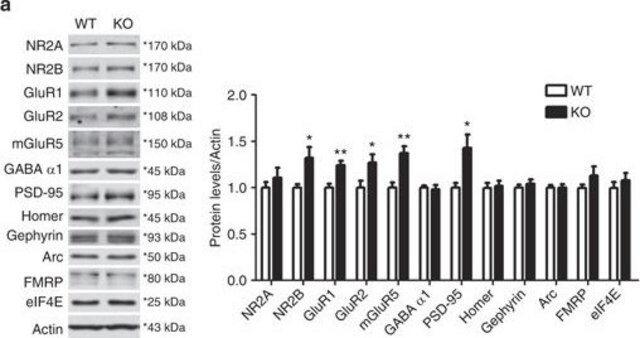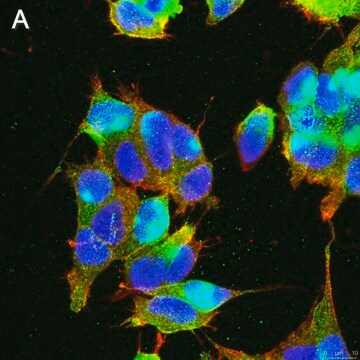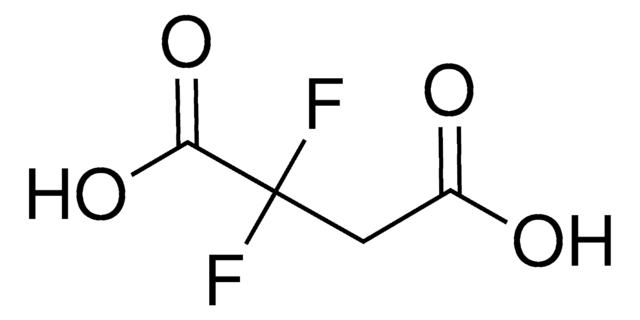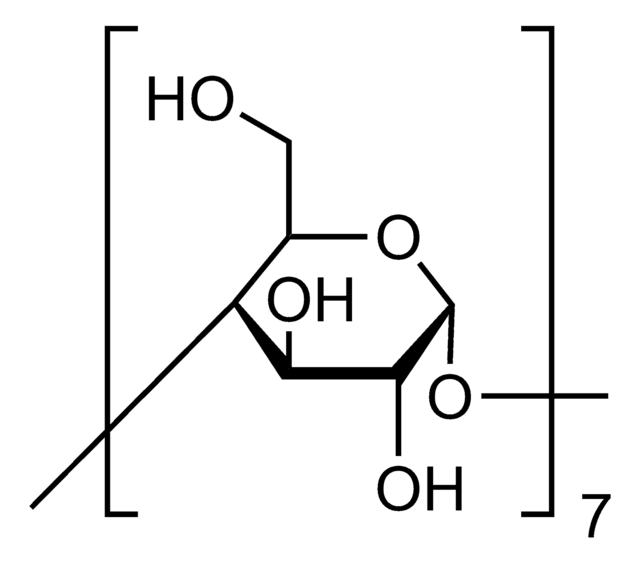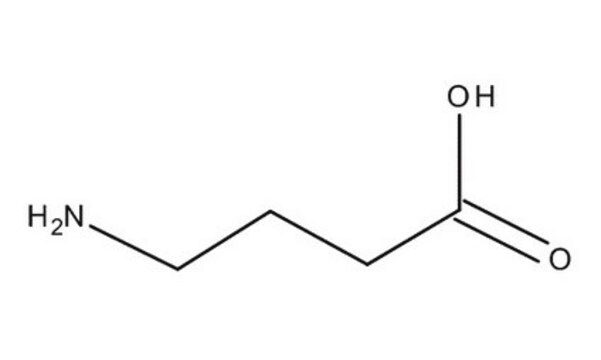MABN1724
Anti-GABA(A) Receptor α2 Antibody, clone N399/19
clone N399/19, from mouse
Sinónimos:
Gamma-aminobutyric acid receptor subunit alpha-2, GABA(A) receptor subunit alpha-2, Gamma-aminobutyric acid receptor A2 subunit
About This Item
Productos recomendados
biological source
mouse
Quality Level
antibody form
purified immunoglobulin
antibody product type
primary antibodies
clone
N399/19, monoclonal
species reactivity
rat, human, mouse
technique(s)
immunohistochemistry: suitable
western blot: suitable
isotype
IgG1κ
UniProt accession no.
shipped in
wet ice
target post-translational modification
unmodified
Gene Information
human ... GABRA2 (2555)
General description
Specificity
Immunogen
Application
Neuroscience
Ion Channels & Transporters
Western Blotting Analysis: A representative lot detected the GABA(A) receptor subunit alpha-2 target band only in brain membrane extracts from wild-type rats and mice, but not from Gabra2-knockout mice.
Immunohistochemisry Analysis: A representative lot detected GABA(A) receptor subunit alpha-2 immunoreactive regions, includinghippocampus, in rat whole brain sections (Courtesy of Professor. James S. Trimmer, UC Davis, CA, USA).
Quality
Western Blotting Analysis: 2.0 µg/mL of this antibody detected GABA(A) receptor subunit alpha-2 in 10 µg human brain tissue lysate.
Target description
Physical form
Storage and Stability
Other Notes
Disclaimer
¿No encuentra el producto adecuado?
Pruebe nuestro Herramienta de selección de productos.
Storage Class
12 - Non Combustible Liquids
wgk_germany
WGK 1
flash_point_f
Not applicable
flash_point_c
Not applicable
Certificados de análisis (COA)
Busque Certificados de análisis (COA) introduciendo el número de lote del producto. Los números de lote se encuentran en la etiqueta del producto después de las palabras «Lot» o «Batch»
¿Ya tiene este producto?
Encuentre la documentación para los productos que ha comprado recientemente en la Biblioteca de documentos.
Nuestro equipo de científicos tiene experiencia en todas las áreas de investigación: Ciencias de la vida, Ciencia de los materiales, Síntesis química, Cromatografía, Analítica y muchas otras.
Póngase en contacto con el Servicio técnico
